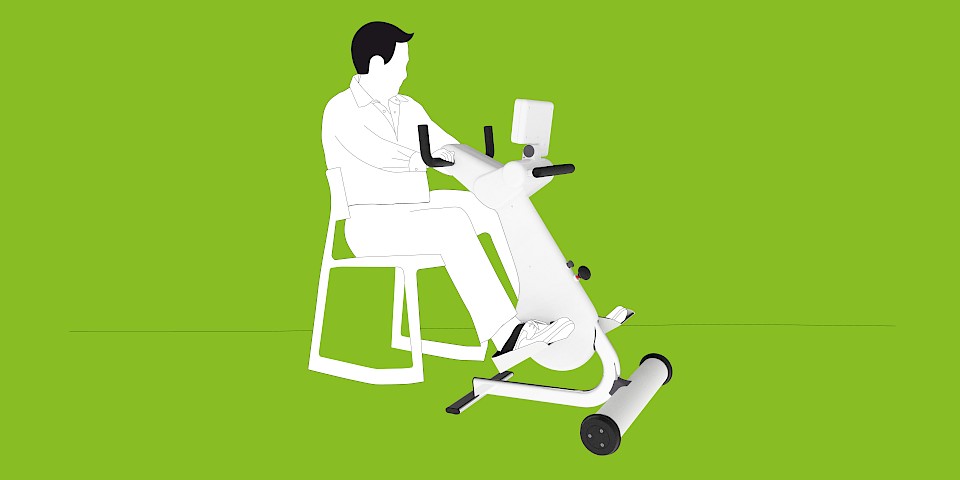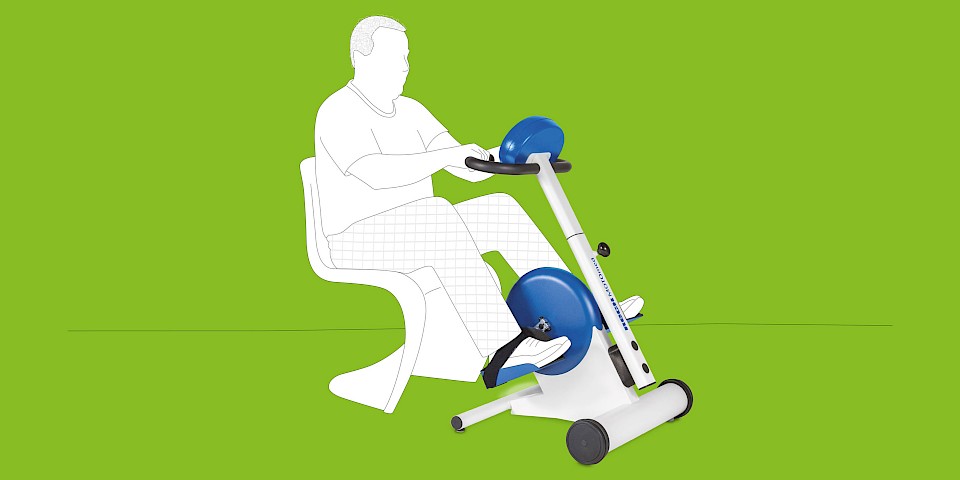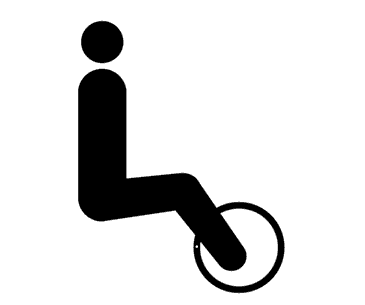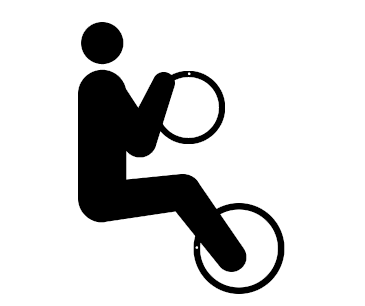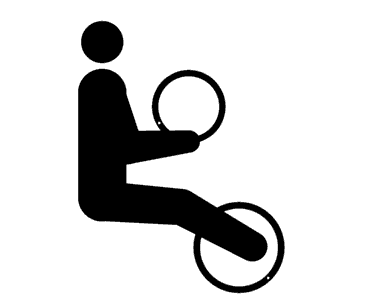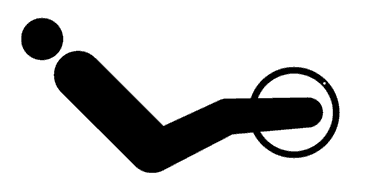Cancer
Mobilizing one’s own body strength
Physical activity is an inherent part of current cancer therapy. From a medical point of view, patients should begin their movement therapy already at an early stage because targeted movement can help counteract physical and psychical side effects of chemo- or anti-hormonal therapy. Moreover, regular movement naturally builds up the skeletal muscles and decreases symptoms such as fatigue (chronic exhaustion), insomnia and depression.
With the MOTOmed movement therapy, cancer patients can mobilize their own body strength both after surgery and alongside chemo or radiation therapy. Due to the three different training modes: with motor, motor-supported and active, the training effort can be adapted perfectly to the user’s condition. Especially with fatigue syndrome (chronic exhaustion), the opportunity to exercise passively favors regular training sessions which are necessary for a successful movement therapy. Training games and, according to the model, also relaxing film sequences from nature encourage movement and create diversified training sessions.
The MOTOmed movement therapy offers comfortable opportunities for regular movement in daily life and supports cancer patients after chemo or radiation therapy.
Configure your personal MOTOmed
Use the MOTOmed Product Configurator to configure your MOTOmed according to your requirements. Quickly, easily and without obligation. Try it out and configure your personal and individualized MOTOmed now.
MOTOmed Movement Therapy
MOTOmed Movement Therapy was developed for people with movement restrictions and complements physical, ergo and sports therapy measures. Users can train while seated in a wheelchair or from a chair. Patients in supine position use MOTOmed from a nursing bed or therapy couch.
In Germany, the device-based movement therapy with the MOTOmed is recognized as an aid for many indications by the statutory health insurance. It is worthwhile to inform yourself!
Therapy modes
passive
The effortless motor driven movement is ideal for the regulation of muscle tone, loosening stiff muscles and for early mobilization after long rests. Passive training stimulates blood circulation, digestion and joint flexibility.
assistive
In motor-supported movement therapy, the function MOTOmed ServoCycling enables easy transition from passive to active training. A motor-supported movement stimulates strength and endurance even with minimal muscle strength.
active
An active training with own muscle power against finely adjustable resistance levels strengthens leg, arm and upper body muscles and stimulates the cardio-vascular system.
Achieving best therapy goals through interval training
Alternating phases of strain and recreation (intervals) through active and passive training give a higher training stimulus which leads to a better therapy success.
Therapeutic goals
- Stabilizing immune system
- improving muscle strength and endurance
- Oxygenating cells
- Reducing pain
- Strengthening physical and mental fitness
- Reducing fatigue and exhaustion
Videos
11.1) Schmidt T., Berner J., Jonat W., Weisser B., Röcken C., van Mackelenbergh M., Mundhenke C. (2017). Influence of arm crank ergometry on development of lymphedema in breast cancer patients after axillary dissection: a randomized controlled trail. Journal of Rehabilitation Medicine, 49(1), 78-83., DOI: 10.2340/16501977-2167


